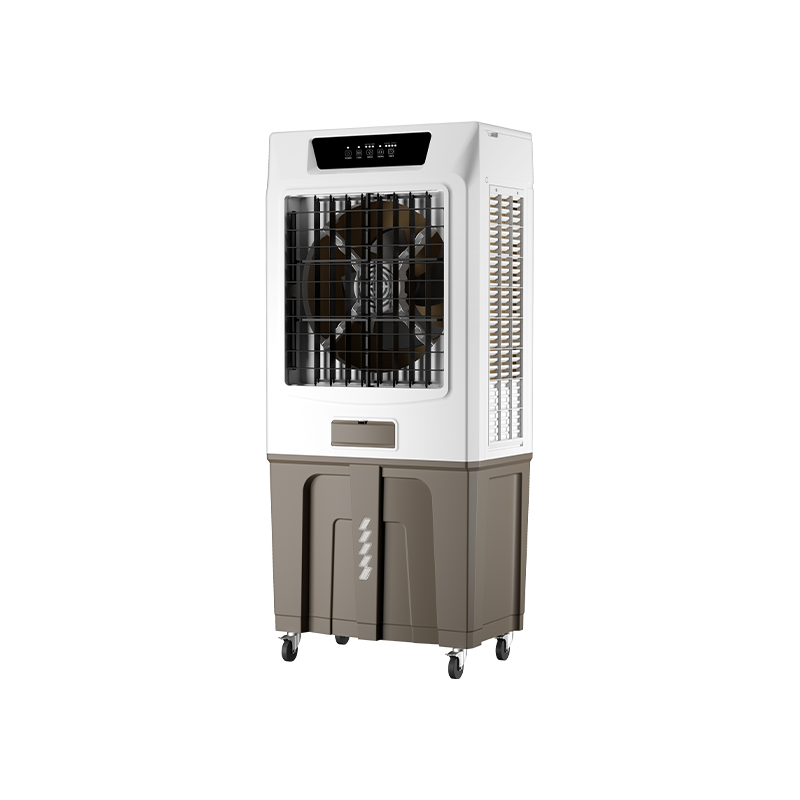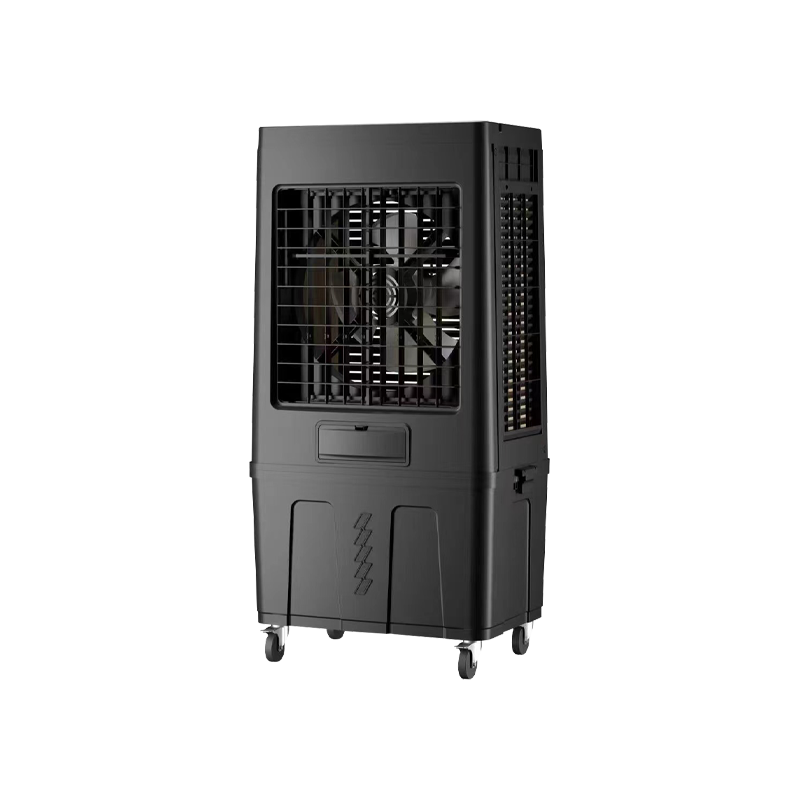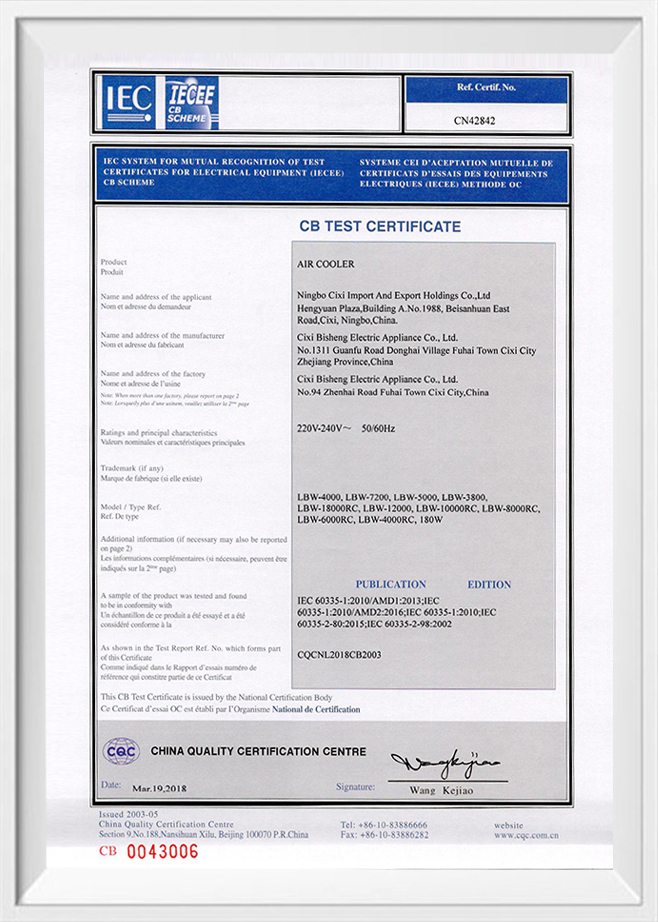How to evaluate the heat exchange efficiency of a radiator to ensure optimal performance for Floor-Standing 75/95L Low Energy Consumption Air Cooler LBW-13000RC/LBW-13000?
1. Heat exchange area
Calculate surface area: The effective surface area of a radiator is a key factor affecting heat exchange efficiency. The surface area of a radiator can be calculated using a geometric formula and is usually expressed in square meters (m²). Common radiator shapes include flat, cylindrical, and finned, and the calculation method will vary.
Increase surface area: Using fins or increasing the depth and width of the radiator can effectively increase the heat exchange area, thereby improving efficiency.
2. Fluid flow rate
Measure flow rate: Use a flow meter or velocity instrument (such as a hot wire anemometer) to measure the flow rate of the fluid in the radiator. Too low a flow rate may result in ineffective heat conduction, while too high a flow rate may result in energy loss.
Optimize flow path: The flow path of the fluid should be considered during design to avoid dead corners and backflows, ensure uniform flow, and improve heat exchange efficiency.
3. Temperature difference (ΔT)
Temperature measurement: Install temperature sensors at the inlet and outlet of the radiator to measure the fluid temperature in real time. Calculate the difference in fluid inlet and outlet temperature (ΔT), which is an important indicator for evaluating heat exchange efficiency.
Target temperature difference: The design should ensure that ΔT reaches the expected value in actual operation. A larger temperature difference usually means better heat exchange effect.
4. Heat transfer coefficient (U value)
Experimental determination: The heat transfer coefficient can be experimentally determined to test the performance of the radiator under standardized conditions. The U value is usually calculated from experimental data and is expressed in W/(m²·K).
Influencing factors: The U value is affected by many factors, including the properties of the fluid, flow rate, and surface roughness. The design should strive to optimize these factors to improve the U value.
5. Fluid properties
Fluid selection: Different fluids have different thermal conductivity, specific heat capacity, and viscosity. Choosing the right fluid can improve heat exchange efficiency. For example, using thermal oil or other high thermal conductivity media can improve performance.
Temperature and pressure: The physical properties of the fluid will change with temperature and pressure. The fluid state under operating conditions needs to be considered during design.
6. Pressure loss
Pressure loss measurement: Install pressure sensors at the inlet and outlet of the radiator to measure the pressure loss of the fluid as it passes through the radiator. Smaller pressure loss means smoother flow and improved heat exchange efficiency.
Design optimization: Avoid unnecessary elbows, valves, and other obstacles, which may increase pressure loss and thus affect performance.
7. Experimental verification
Experimental setup: Build a test platform to measure the heat exchange performance of the radiator under a controlled environment. Record data, including fluid flow, temperature, and pressure, for comprehensive analysis.
Data analysis: Use data analysis software to process experimental data, draw heat exchange efficiency curves, and identify performance bottlenecks.
8. Simulation software
CFD analysis: Use computational fluid dynamics (CFD) software to simulate the flow of fluid in the radiator and analyze the heat exchange performance of different design schemes.
Optimize design: Adjust the design of the radiator based on the simulation results, such as changing the fin shape, flow channel layout, etc., to achieve a good heat exchange effect.

 English
English 中文简体
中文简体 Español
Español





















